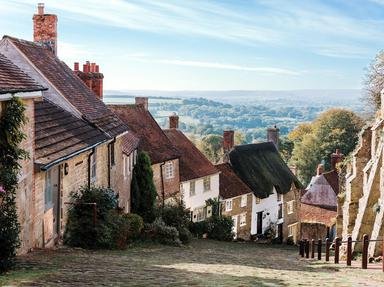Quiz Answer Key and Fun Facts
1. Ridings, Moors, Heartbeat, Pudding
2. East Midlands, Bicycles, Lace, Robin Hood
3. West Midlands, Malvern Hills, Elgar, Sauce
4. North West, Cotton mills, Hot pot, Illuminations
5. West Midlands, Castle, Shakespeare, Rugby
6. South West, Stonehenge, White Horses, Longleat
7. West Midlands, Mappa Mundi, Cider, Cattle
8. East Midlands, Richard III, Stilton, Pork pies
9. West Midlands, Pottery, Bulldogs, Alton Towers
10. North West, Walled city, Salt, Lewis Carroll
Source: Author
Midget40
This quiz was reviewed by FunTrivia editor
agony before going online.
Any errors found in FunTrivia content are routinely corrected through our feedback system.
